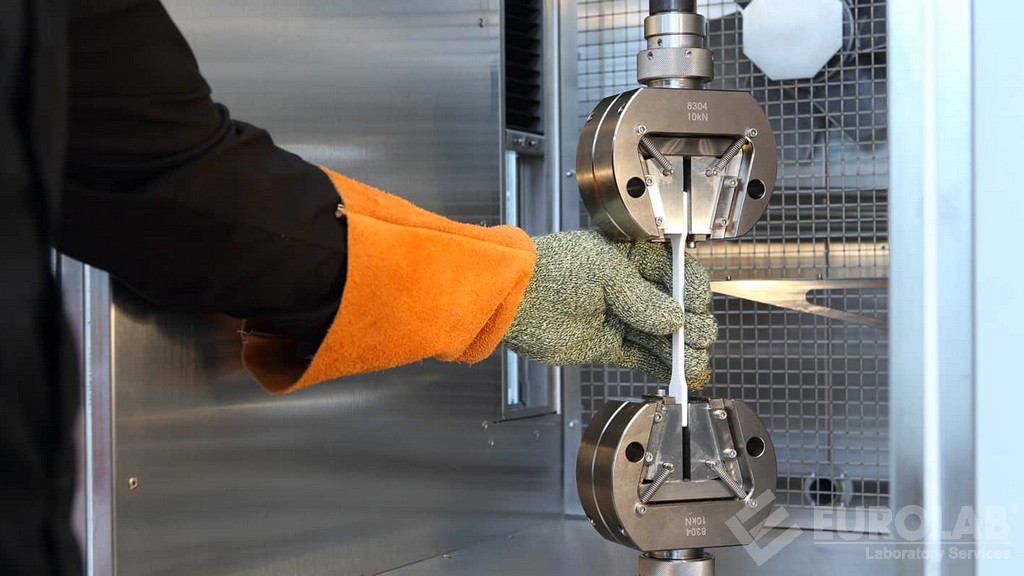JIS K6750 Surfactant Foam Stability Testing
The JIS K6750 standard outlines a method to evaluate surfactant foam stability, which is crucial in the production of chemicals and additives for various industrial applications. This testing ensures that the surfactants used meet quality standards necessary for effective performance in oil and gas operations.
In the context of the oil and gas industry, surfactants play a vital role in enhancing recovery rates by improving fluid mobility within reservoirs. The stability of foam generated by these surfactants is critical as it affects their efficiency during operations such as enhanced oil recovery (EOR) and drilling.
The test involves preparing a solution containing the surfactant and subjecting it to agitation until foam is produced. The foam's height, volume, and stability are then measured over time. This allows for the assessment of how well the surfactant can maintain its foaming properties under various conditions relevant to production environments.
Properly conducted JIS K6750 testing helps quality managers and compliance officers ensure that the chemicals they source or produce meet international standards, thereby reducing risks associated with substandard products. For R&D engineers, this test provides valuable data on material behavior under specific conditions, aiding in product development.
For procurement teams, understanding foam stability is essential for selecting reliable suppliers and ensuring consistent quality across batches of surfactants used throughout the supply chain.
Quality and Reliability Assurance
- Consistency in Results: Using standardized procedures like JIS K6750 ensures that every batch of surfactants tested provides consistent results. This reliability is crucial for maintaining production efficiency and ensuring product consistency.
- Compliance with Industry Standards: Adherence to international standards such as JIS K6750 helps manufacturers comply with regulations set forth by governing bodies, thus reducing the risk of non-compliance penalties.
Customer Impact and Satisfaction
The results from this testing directly impact customer satisfaction in several ways. Firstly, by ensuring that surfactants maintain their foam stability throughout production processes, it enhances the overall quality of products delivered to customers. Secondly, meeting international standards adds credibility to your brand, potentially leading to increased market share.
Additionally, the ability to consistently provide high-quality surfactants can lead to long-term partnerships with oil and gas companies who rely on these additives for critical operations like EOR. This stability also ensures that products perform predictably in challenging field conditions, which is a significant factor influencing customer satisfaction.
Competitive Advantage and Market Impact
By investing in comprehensive testing services such as JIS K6750 foam stability testing, laboratories can gain a competitive edge. Accurate and reliable data obtained from these tests allow companies to innovate more effectively, leading to new product offerings that better meet market demands.
This capability also positions businesses favorably when bidding on contracts for large-scale projects where the performance of surfactants is critical. Demonstrating adherence to stringent standards like JIS K6750 can differentiate your company from competitors and attract more business opportunities, thereby enhancing profitability and market position.





